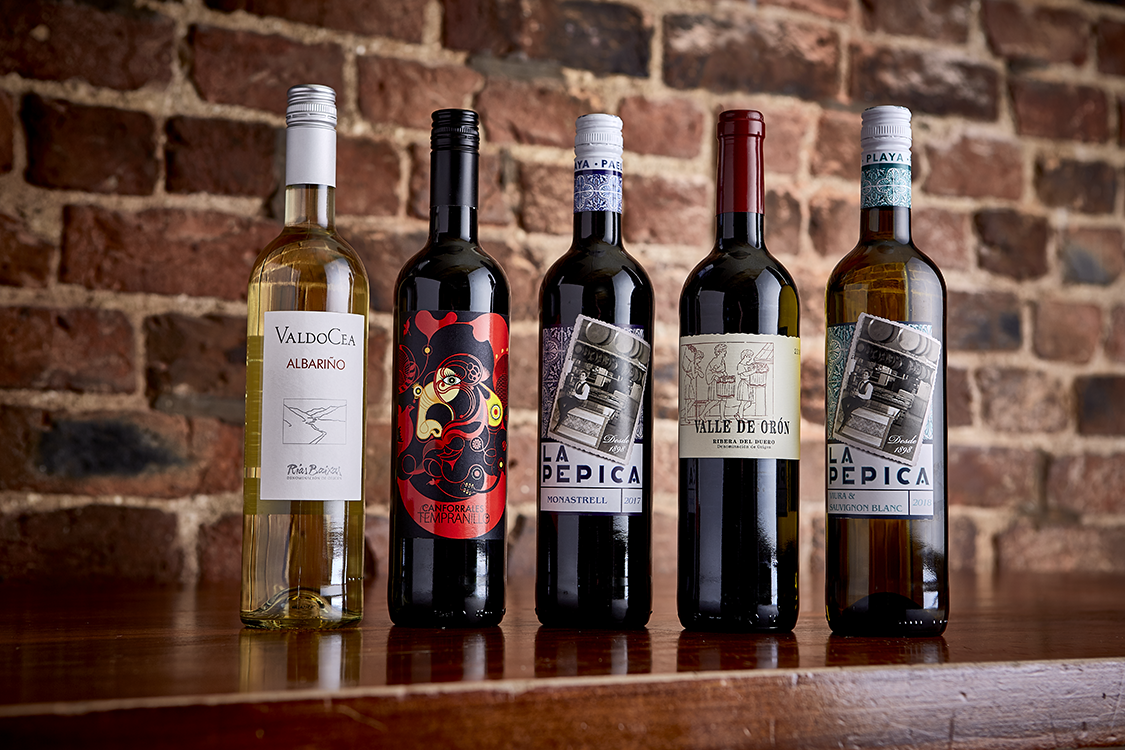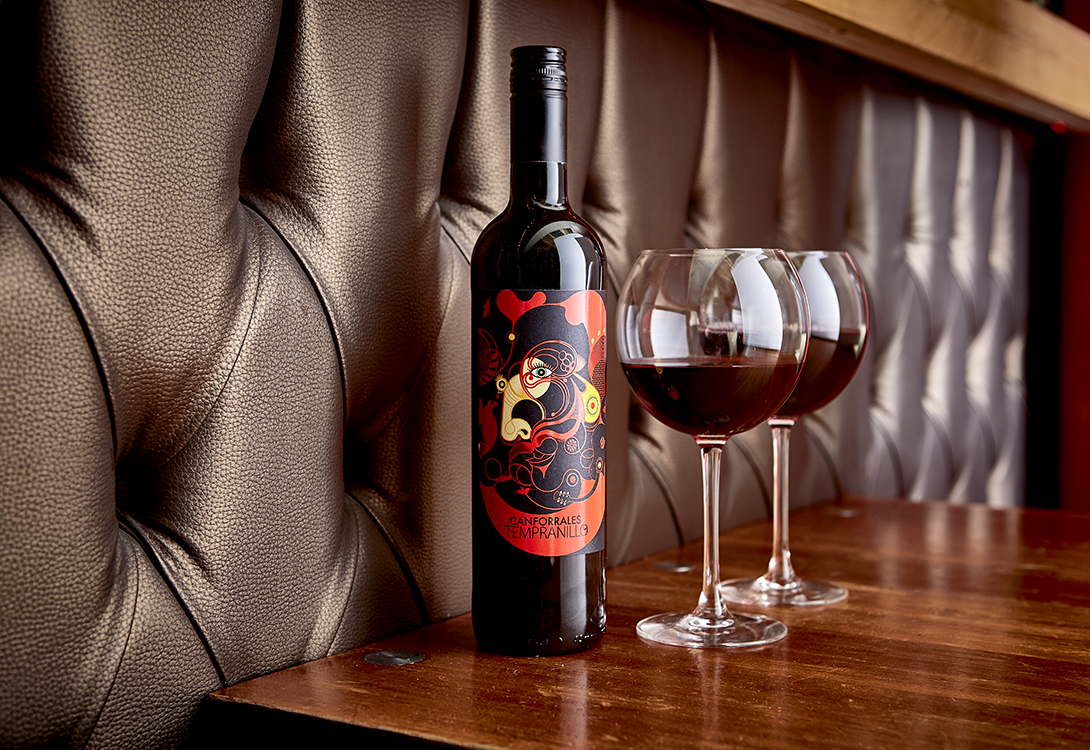Would you buy a Green Wine?
Last year orange wine was all the rage; this year could it be green wine? From the imagined response; “What is he talking about” I should add more context to that question. I am not talking about the ‘young, fresh & lively’ Vinho Verde of Portugal, I am talking about the big buzz word of sustainability. Before the craziness of Covid-19, the ‘Cs’ on most people’s lips were climate-change. 2020 was to be the year that Great Thunberg’s message was heard by world leaders and things would start to change for the better (56% of UK Consumers would like to see the same urgency as dealing with Covid-19, IGD Future Shoppers Report); wine is certainly one area for improvement…
“The existing carbon footprint of wine is unsustainable… Glass production and wine transport account for 68% of wine’s carbon footprint: it is in these areas that de-carbonisation is most urgent.”
ANDREW JEFFORD, DECANTER
The first thing is to identify what makes a wine Green? We will discuss the positive steps that any wine producer can take to positively impact the environment, looking at each stage from vineyard to the glass.
THE VINEYARD
Organic is a phrase that has become more prevalent with the UK consumer; 37% of them are likely (or very likely) to purchase organic product such as our new Nero d’Avola Il Passo Verde. In wine, this relates to grape farming methods that restrict the use of synthetic herbicides, pesticides, insecticides and fertilisers. Only organic materials are to be used, such as the Ozone (03) spray technique used at Esteban Martin, producers of our exclusive Marqués de Alfamén range. It is primarily used to clean equipment in farms (& wineries) reducing emissions & heating costs; it has been adapted into a spray for their vineyards to act as irrigation and mould / bacteria / insect repellent. To deal with pests and insects; producers could take a more traditional route and employ farm help, such as the Indian Runner Ducks from Spier; the world’s first certified organic vineyard in South Africa. An organic wine-range (Running Duck) from South Africa that is also vegan and Fair-Trade:
‘Trade between companies in developed countries and producers in developing countries in which fair prices are paid to the producers.’
This Fairtrade Foundation logo is widely seen in the UK on all sorts of new world consumer goods and our Ochre Mountain wines are on-trade exclusives that are proud to support this organisation. 48% of wine-drinking Brits are likely or very likely to purchase fair-trade products. (Wine Intelligence Report March 2019)
‘In 2018 the UK market generated €33.9 million in Fairtrade Premium for Fairtrade producers.’
It encompasses the employees of the producers as well as the local environment. In addition to farming organically, some vineyards follow Biodynamic principles; an ‘Organic-plus’ farming method based on Rudolf Steiner’s approach to agriculture in conjunction with lunar cycles.
Other non-certified sustainable producers are involved in all sorts of projects such as nature reserves to butterfly sanctuaries, all to encourage sustainable farming and protect the world around them.
THE WINERY
There are an abundance of ways that the wine-making process can ‘go greener’ when making their wines; waste is the simplest method, starting with recycling. Recycled cardboard, glass and grape-skins (stalks & pips as compost or distilling them as grappa), reducing single use plastics using refillable vessels (much the same way as we are doing in our homes.)
71% of Brits are consciously trying to minimise plastic consumption to help the environment
Foresight Factory, May 2020
As the natural resources become scarcer, water comes into focus; no more so than in South Africa; they have experienced the most severe droughts in recent years. Multiple water-saving practices can be used; water rain & waste water capture, controlled drip irrigation and cover crops are examples used by a DGB, producers of Bellingham and Brampton, as well as our exclusive brand Millsteam,
One more difficult bi-product to recycle is Carbon Dioxide. When creating alcohol, heat and Carbon Dioxide are given off. In cheaper sparkling wine; Co2 is often added from tanks, but to close the loop and utilise the gas created from the first fermentation would be an expensive, but effective carbon reduction of 80g per 75cl bottle (source UC Davis professor, Roger Boulton, Drinks Business). It can even be used to make chalk; if you aren’t making fizz!
THE PACKAGING
A slightly easier option would be to use cork in your finished product; the life-span of a cork-oak tree can be 200 years. Over that period, they can take in a lot of Co2 through photosynthesis. Bodegas Medievo have retained 58.1 tonnes of carbon in 2019 due to their use of cork. So every time you un-cork a bottle of their Rioja picture the forests in Alentejo in Portugal and take a 5 second breather from service… How much better does that feel than unscrewing an aluminium capsule that can add up-to 37.2g to your carbon footprint!
Sparkling Wine Stopper = 562g of Carbon Offset
Still Wine Stopper = 309g
– Study conducted by Anorim, PricewaterhouseCoopers & EY
Then of course there is the material used to contain the wine:
- Lightweight Glass: 100% Recyclable / made from high % of recycled glass / less emissions (regular glass)
- PET Polyethylene Terephthalate: 100% Recyclable / Lighter than Glass / made with recycled plastic
- Aluminum Cans: Higher recycled content (>68%) / Transports easier (less space) / no Paper, glue or water for labelling
- Bag in Box: Recyclable (if connectors are white, not everywhere) / Convenient for transport & storage
- Paper: With Diageo & Carlsberg producing Spirit & Beer vessels with paper, can wine be next?
It doesn’t stop there, the boxes can be made from recycled card, they can be held together for transport with plastic-straps rather than shrink wrap, the labels can be made from recycled paper. All this together adds up to a green wine and it’s ready to leave the cellar door. Now it’s time for the suppliers and importers to take over.
THE DISTRIBUTION
Here at Carlsberg; we have an initiative called Together towards Zero it has four key targets including ZERO Carbon Footprint and ZERO Water Waste. The immediate aim is a 15% reduction of our Carbon Footprint by 2022, and 30% by 2030. We’re making good progress, working to improve efficiency and use low-carbon energy sources across our entire value chain.
At Crown Cellars, the first element to address is the shipping and delivery of the wines to your outlet door; we import numerous exclusive labels from across the world. Demand for these is increasing as our customer base continues to grow. One option is to offset our Carbon Footprint with green initiatives that balance out the impact these shipped wines have on the environment; which we are investigating as we write.
Part two is to focus on suppliers, producers & bottlers within our supply chain; with consumer perception already well on the way to a greener choice, we aim to improve the choice and variety of greener wines available on our way to ZERO Carbon Footprint.
Some of our suppliers; such as Hatch Mansfield are already there; being the first in the industry to achieve Carbon Neutrality, well done to them! Amongst their range, we offer from Villa Maria; Esk Valley & Left Field on-trade exclusive brands, Louis Jadot and Caliterra the latter were the first winery in Chile to become ‘certified sustainable’.
Others, like Treasury Wine Estates are developing ranges that embody the ethos of sustainability in each art of the wine’s production, labelling and design.
When it comes to ‘green wines’, there isn’t a one size fits all approach. We will endeavour to highlight those producers and wines that are making a positive impact helping our customers communicate these benefits to their customers to make the most of the shift in consumer behaviour and highlight ethical reasons for purchase.
I am hopeful the question has now become, why wouldn’t you buy a green wine?



